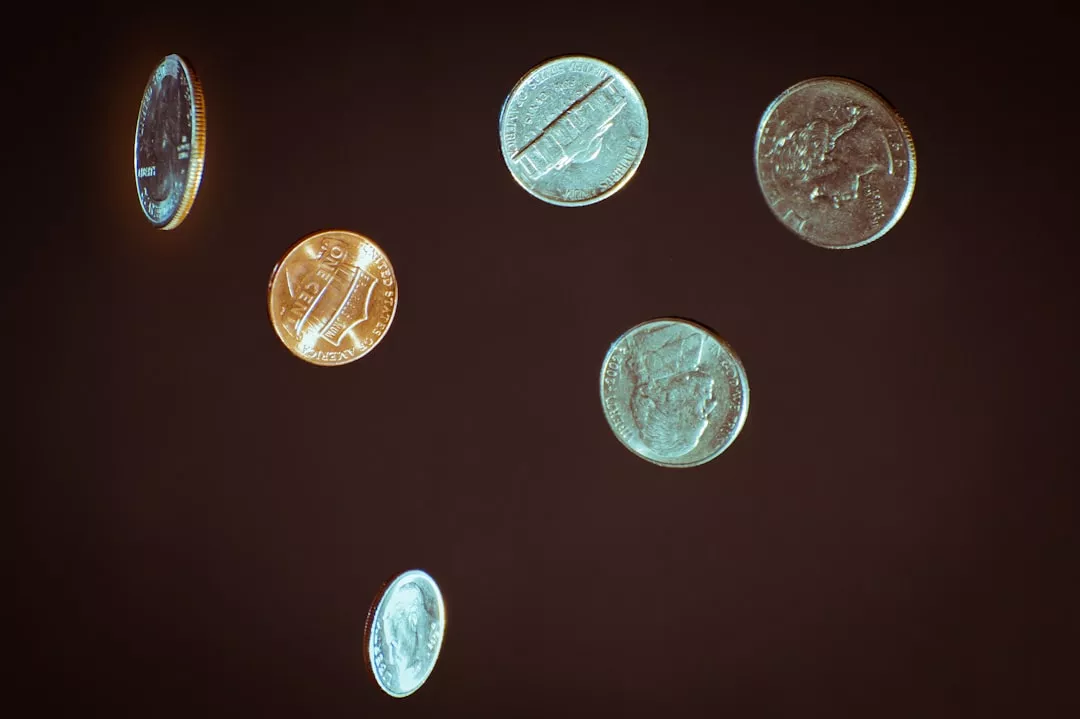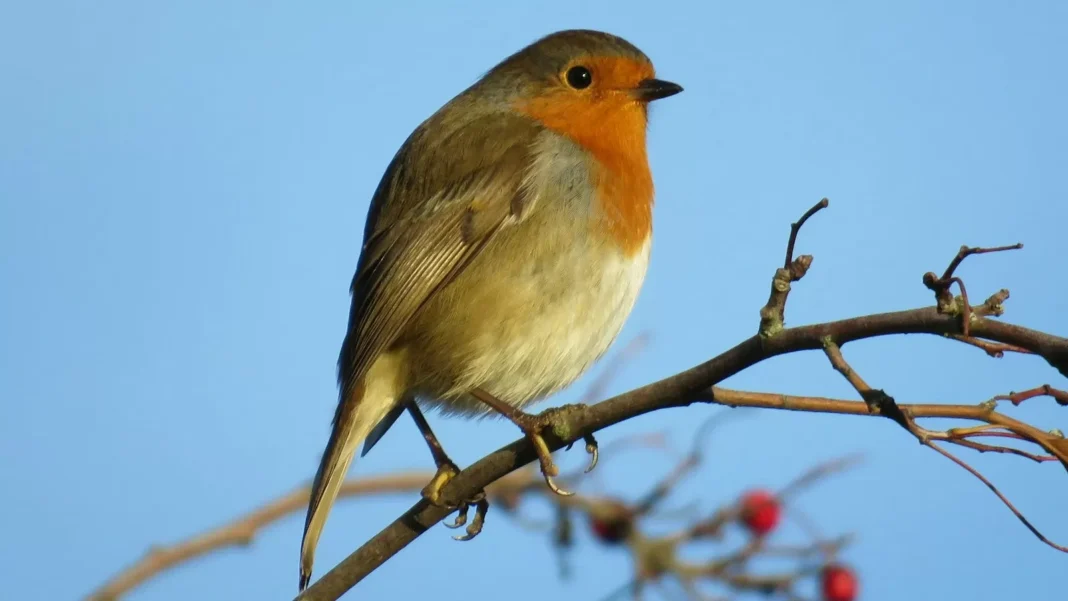The sight of a little red-breasted robin perched on a feeder is one that brightens up any birdwatcher’s day. These charming little birds have captured the hearts of many, and it’s no surprise that they are a welcome addition to any birdfeeding setup. However, if you want to attract these delightful creatures to your garden, you may have to make a few adjustments to your feeder of choice.
Unlike other birds such as tits and finches, who are known for their quick in-flight snacking, robins are ground-feeders. This means that they prefer to eat from a surface rather than in mid-air. So if you’re looking to attract these feathered friends, a table feeder may be a better option than a hanging one.
But once you’ve got your feeder set up, the question then becomes, what should you offer to ensure a repeat visit from these charming birds? The answer, according to experts at the Royal Society for the Protection of Birds (RSPB) and the Wildlife Trust, is simple – mealworms.
Mealworms are a standout favorite among robins, and for good reason. These little insects have a similar moisture and protein content to earthworms, which are a staple in a robin’s diet. However, during the colder months, it can be challenging for these birds to find earthworms, as the ground tends to harden. So, offering mealworms is a great way to provide them with much-needed nutrition.
While robins enjoy a variety of foods such as fruit, suet balls, sunflower hearts, raisins, crushed peanuts, and seeds, mealworms are usually their top choice. They are also popular among other birds that primarily feed on insects, like blue tits and pied wagtails.
But what makes mealworms even better is that they come in a dried form, making them easy to store and use. However, it’s essential to keep in mind that dried mealworms have less moisture than live ones. To ensure that your robins are getting enough water, the Woodland Trust recommends soaking the dried mealworms in water before offering them to the birds.
You don’t have to feed robins mealworms on their own – you can mix them with fruit and place them on a feeding table for the birds to enjoy. Just make sure that your feeding table has a roof, as damp foods can harbor bacteria and mold.
But be careful not to accidentally feed too many mealworms to hedgehogs in the process. While robins love them, so do hedgehogs. However, feeding them too many mealworms can lead to a condition called metabolic bone disorder, which can be fatal for these little mammals. Additionally, too many mealworms can fill them up, leaving them with no room for more nutritious food. So if you do offer mealworms to robins, make sure to keep them away from hedgehogs.
In conclusion, offering mealworms is a sure way to attract robins to your garden and keep them coming back for more. These delightful birds are not only a joy to watch but also play a crucial role in maintaining a healthy ecosystem. So why not set up a feeding table and see if you can spot these charming visitors in your garden? Just remember to soak the mealworms before offering them and keep them away from hedgehogs. Happy birdwatching!



